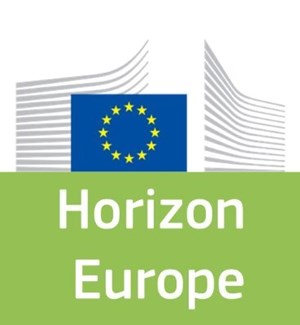The growing plastic pollution (e.g. micro- and nanoplastics, MNPs) has shown to pose potential threats to human health. Especially, microplastic particles have recently been found in the placentas of unborn babies and in infant's feces with significant amounts. Recent researches on placental barrier (PB) suggests that particle accumulation in the PB can impact placental functions and elicit indirect placenta-mediated developmental toxicity. The accumulated particles may also pass through the PB to directly affect the developing foetus. However, it is still unknown whether/which/how MNPs can pass through the PB into unborn babies, and the research potential risks of MNPs exposure during the early development stage is very much in its infancy. Currently, three key questions limit the depth of research: 1) How to detect and quantify the MNPs in the PB? 2) What is the fate of MNPs within and beyond the PB (i.e. the translocation and the transformation of MNPs after crossing the PB)? 3) What effects does translocated MNPs on placenta structures, functions and fetal early development? Due to the complexity of PB system and the low amount of MNPs actually entering the PB, localizing and quantifying MNPs will be a challengeable task. Additionally, current testing on PB and developing foetus is mainly focused on animal models with poor predictive power. Thus, novel approaches are urgently needed to enable a breakthrough in our understanding of the ability of MNPs to cross the PB and trace their biological effects on placenta, developing foetus and the early development stage of human. The project EMBRACE proposes combining novel metal labelling technique with a dynamic in vitro chip-based PB model and advanced cell analysis technologies to assess MNPs translocation behaviors acrossing PB and potential risks in placenta and early development.
Want to analyze based on this project via our analysis tool? Analyze this project
Knowledge Gaps
Fate and behavior within an organism
Cellular uptake of plastic
Human toxicity
Translocation within organism
Reproductive and teratogenic effects




